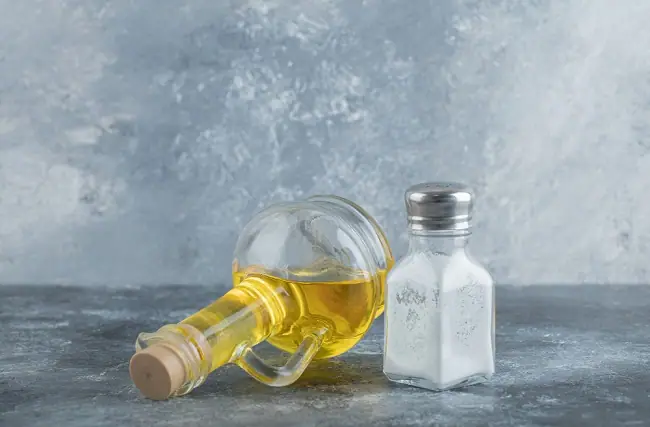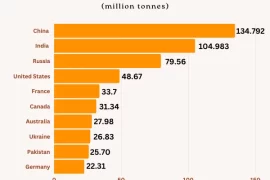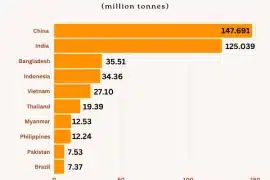We use cooking oil on a daily basis at home to make our favourite recipes. The food that’s made will be gone once we eat it, but the oil we used stays. It’s neither healthy to reuse it nor useful to store it. So, many choose a provider who offers services for used cooking oil disposal in their area and dispose of it responsibly!
However, another problem arises—storing the oil until the disposal. Because the amount of oil we use at home is comparatively less than in restaurants, we cannot expect any provider to collect it on a daily or even weekly basis. It’s only optimal to collect it when it reaches a certain level of quantity.

But where and how can you store all the used cooking oil safely until the disposal? Let’s learn the different tips experts suggest in this article.
Used Cooking Oil Storage in 6 Ways
You can store your used cooking oil efficiently in no less than 6 ways. The following tips or strategies not only make the process of used cooking oil disposal simpler for you but also for the service provider. Let’s take a look!
1. Keep it covered:
The first and most basic tip for properly storing used cooking oil is choosing the right container with a secure lid, such as a tightly sealed jar or a resealable plastic bottle. By keeping the container covered, you not only prevent unpleasant odours from permeating your kitchen but also deter pests like insects and rodents from accessing the oil. Additionally, covering the oil helps maintain its freshness and quality until it’s ready for disposal or recycling.
2. Store it in a cool place:
The storage location of used cooking oil can significantly impact its shelf life and quality. So, choose a cool, dark spot in your kitchen or pantry for storing the container of used oil.
Direct exposure to sunlight can accelerate the degradation of the oil, leading to rancidity and off-flavours. A cool environment helps to slow down this process and prolongs the usability of the oil. Additionally, storing the oil away from heat sources like stoves or ovens reduces the risk of accidental spills or ignition, ensuring safety in the kitchen.
3. Avoid mixing oils:
Some people store different types of cooking oil in a single container, making it useless for repurposing. This curbs the main idea of protecting our environment through proper used cooking oil disposal. So, make sure you keep separate containers for different cooking oils, such as vegetable oil and olive oil. Separating mixed oils again can be challenging and may complicate the process for the provider.
Besides, each type of oil has its own unique flavour profile, smoke point, and stability characteristics. Thus, it can result in undesirable flavour combinations and may affect the quality of the oil.
4. Use suitable containers:
When storing used cooking oil, it’s essential to use containers made of food-grade materials that are specifically designed for storing food items. Glass jars, plastic bottles, or metal containers are all suitable options as long as they are clean and free from contaminants.
Also, avoid using containers that may react with the oil, such as those made of reactive metals or certain types of plastic that can leach harmful chemicals into the oil.
5. Label the containers:
Proper labelling of containers is key to ensuring efficient used cooking oil disposal or recycling. So, clearly label each container with its details, such as:
● Date the oil was generated
● Type of oil
● Source of oil
This information helps you keep track of the age of the oil and ensures that it is processed properly during disposal or recycling. Additionally, clear labeling helps prevent confusion and ensures that the oil is handled safely and responsibly by waste management professionals.
6. Freeze the oil:
One unique way of storing used cooking oil is by freezing it. It’s an effective method for prolonging its shelf life and facilitating its disposal or recycling. Simply cool the oil to room temperature and pour it into a freezer-safe container. Now seal the container tightly to prevent freezer burn and odours from permeating the oil.
By doing this, you can safely store it for an extended period until you are ready to recycle or dispose of it. Further, it also makes it easier to handle and transport when it’s time for disposal.
Final Message:
Recent times have seen an upsurge in the use of cooking oils—olive oil, canola oil, peanut oil, sesame oil, etc. Whatever the oil, disposal of it seems to be a big issue. Many providers are extending great help for used cooking oil disposal. However, storing the used oil until the collection time is a huge hassle if not approached diligently.
The above tips and strategies will help you sufficiently. But for better guidance, you can reach out to a provider of used cooking oil disposal in your locality, such as Revive Oils.







